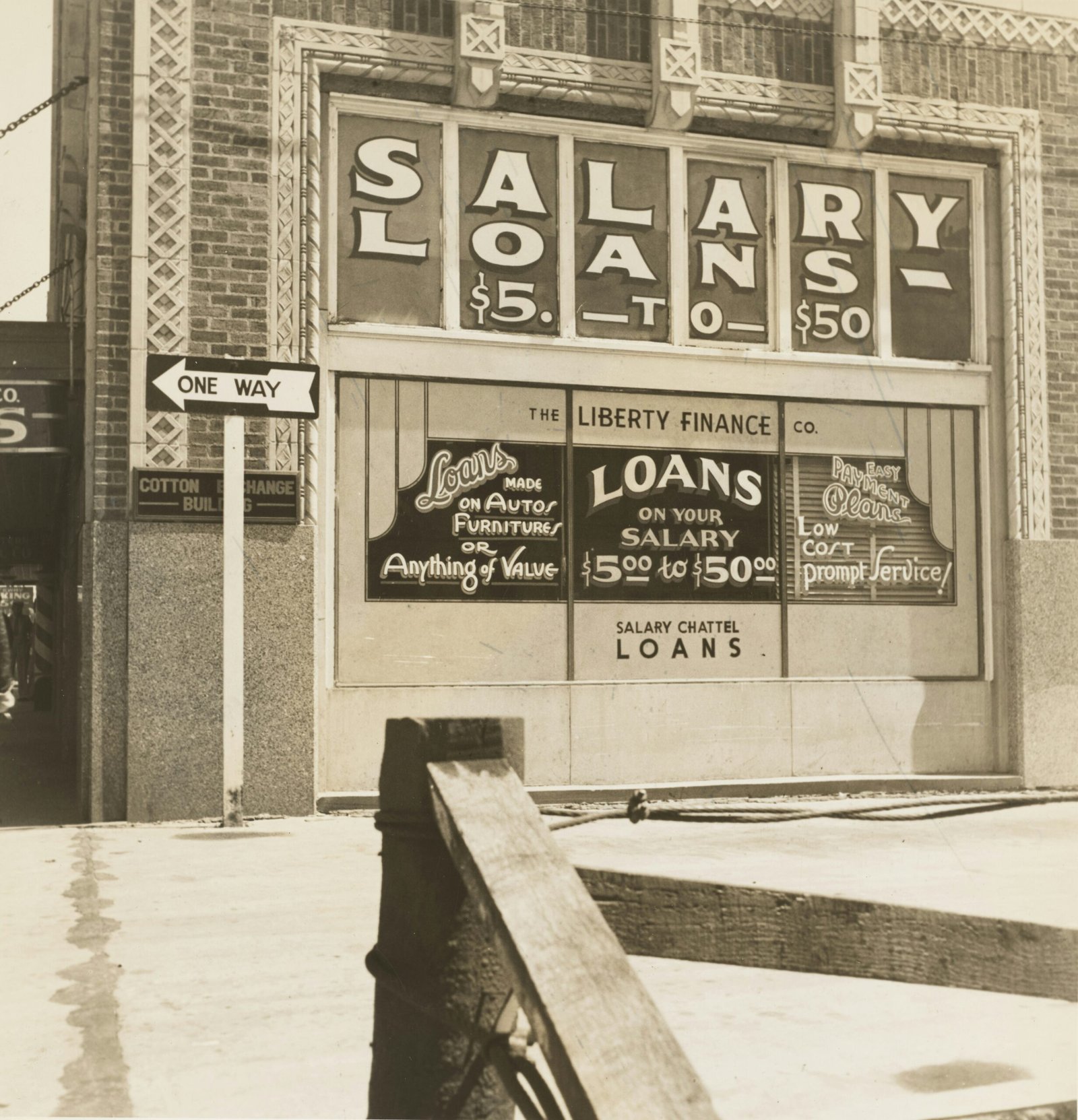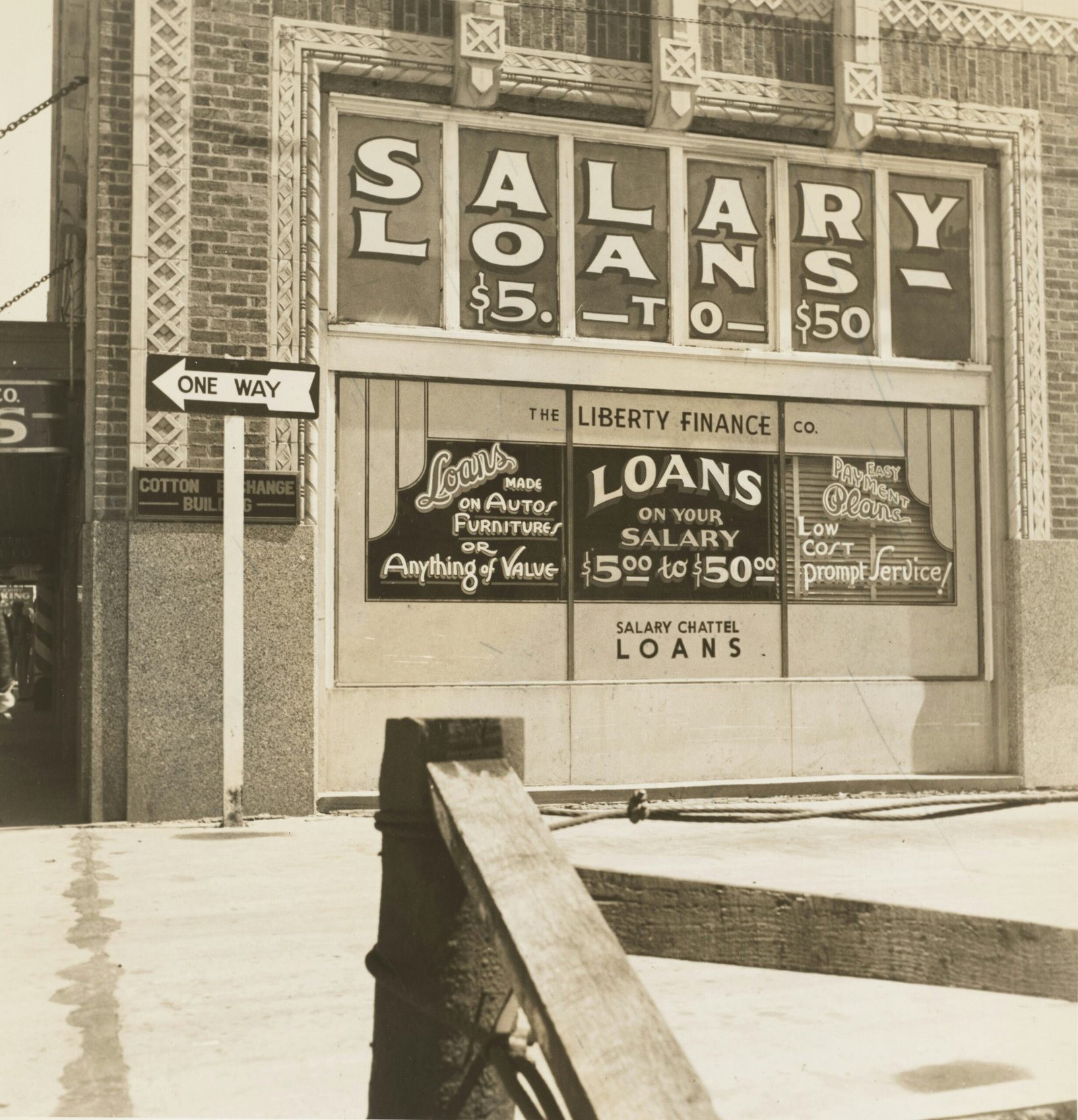
Understanding Collections and Their Impact on Your Credit Score
Credit collections refer to accounts that have been sent to collection agencies due to unpaid debts. When a consumer fails to make timely payments on loans, credit cards, or other financial obligations, the creditor may eventually decide to hand over the account to a collection agency. This often happens after several months of missed payments, typically around six months. Once in collections, the account will be reported to the credit bureaus, significantly affecting the consumer’s credit report and credit score.
There are several types of collections that can appear on a credit report, including medical bills, credit card debts, utility bills, and personal loans. Each of these can vary in terms of severity and impact on credit scores. For example, medical collections may be treated differently by credit scoring models than credit card collections. It is essential for consumers to understand the nature of the debts that have gone into collections, as this knowledge can aid in resolving their issues more effectively.
Common reasons for accounts being sent to collections include lack of payment due to financial distress, forgetfulness, or misunderstanding of payment terms. Additionally, unexpected events such as job loss or medical emergencies can contribute to a consumer’s inability to stay current on their financial obligations, leading to potential collections.
The impact of having collections on a credit report is substantial. Collections can cause a significant decrease in credit scores, often by as much as 100 points or more, depending on the individual’s overall credit profile. This decline can hinder one’s ability to secure loans, obtain favorable interest rates, or even affect rental applications. Consequently, it is crucial for consumers to resolve collections promptly to mitigate their negative repercussions on financial health.
Steps to Remove Collections from Your Credit Report
Removing collections from your credit report typically involves a series of well-defined steps. First and foremost, you must obtain a copy of your credit report from the major credit bureaus: Experian, TransUnion, and Equifax. Sometimes a collection account may contain inaccuracies, so it’s crucial to scrutinize the details closely for errors such as incorrect dates, balances, or account statuses.
Once you identify any inaccuracies, the next step is to dispute the erroneous information directly with the credit bureaus. Each bureau provides a process for disputing entries, which often includes filling out an online form or submitting a letter along with any supporting documentation that validates your claim. Typically, the bureaus will investigate the dispute and respond within 30 days. If they find that the information is indeed inaccurate, they must remove it from your credit report.
If the collection account is valid but you wish to negotiate its removal, consider reaching out to the creditor or collection agency directly. One effective strategy is to propose a “pay-for-delete” agreement, where you offer payment for the debt in exchange for the agency agreeing to remove the collection from your credit report. Ensure you get this agreement in writing, as this will serve as valuable documentation if issues arise later.
Additionally, you may want to draft a goodwill letter to the creditor requesting the removal of the collection account. This letter can be particularly effective if you’ve paid off the debt but the collection remains on your credit report. In your letter, briefly explain your situation and request a goodwill adjustment to improve your credit report.
Overall, successfully removing collections requires diligence in tracking timelines and following up on disputes. Keeping meticulous records of all communications and responses during this process will aid in maintaining clarity and organization as you work toward a cleaner credit report.
How Removal Affects Your Credit Score
The removal of collections from your credit report can significantly impact your credit score, primarily because credit scoring models place considerable emphasis on the presence of negative entries such as collections. When a collection account is listed, it signals to potential creditors that you may be a high-risk borrower. As a result, your credit score is likely to suffer, often leading to higher interest rates or denial for new credit altogether.
However, consumers should be vigilant about potential pitfalls that can arise after collections are deleted. For instance, becoming complacent or ignoring other aspects of credit management can lead to the re-emergence of negative entries or new financial troubles. In addition, understanding the credit reporting cycle can help you monitor your credit effectively, ensuring that you maintain the benefits of a clean report over the long term. Taking proactive measures is essential for sustaining the positive effects of removing collections from your report.
Credit Repair Services vs. DIY: Which Is Right for You?
When it comes to tackling collections on your credit report, individuals often find themselves at a crossroads between employing professional credit repair services and opting for a do-it-yourself (DIY) approach. Each option presents distinct advantages and disadvantages that warrant consideration.
Professional credit repair services typically come with expertise in navigating the complexities of credit reporting agencies and a deeper understanding of consumer protection laws. The main advantage of hiring these services is the time and effort saved; they handle all communication, disputes, and follow-ups on your behalf. Additionally, they may have access to resources and tools that an average consumer does not. However, the costs associated with credit repair services can be significant, often ranging from a few hundred to several thousand dollars depending on the service’s reputation and the complexity of the case.
On the other hand, a DIY approach can be a more cost-effective solution. Removing collections from your credit report can be accomplished by educating yourself on the dispute process and utilizing templates or online tools designed specifically for this purpose. Websites and forums dedicated to credit repair offer valuable resources, such as sample dispute letters, that empower you to negotiate directly with credit bureaus. While this method requires a considerable investment of time and effort, it also allows for a personalized approach tailored to your unique situation.
Choosing between these options ultimately depends on your individual circumstances. If you have the time and inclination to learn about credit reporting practices and feel comfortable navigating disputes, a DIY strategy may suit you well. Conversely, if your schedule is constrained or the complexities of your credit report feel overwhelming, seeking professional assistance could prove beneficial. Ultimately, understanding the pros and cons of each approach will help you make an informed decision regarding how best to address collections on your credit report.
